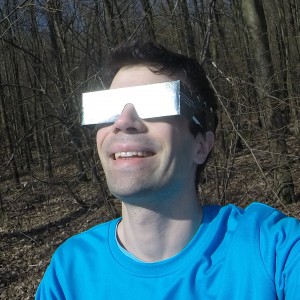Solar Eclipse
During my ongoing literature review I often discover interesting facts about things I’ve never thought about. Sometimes I can connect these facts with my own observations: The result is mostly a completely new idea why things are as they are. Maybe these ideas are new to you, too. Therefore I’ll share my new science based knowledge with you!
This week: This time, I think about yesterday’s solar eclipse.
Yesterday (March 20, 2015), a total solar eclipse occured over the Arctic Ocean and was visible from Svalbard and the Faroe Island. At the same time, sky watchers across Greenland, Iceland, Europe and Asia were able to observe a partial solar eclipse.
A solar eclipse occurs when the Moon passes between the Sun and the Earth and (partially) blocks the Sun. This is only possible during a new moon when the Moon and the Sun are in conjunction as seen from Earth. Moreover, the Moon has to cross the Earth’s orbital plane, as the Moon’s orbit is inclined more than 5° to the Earth’s orbit around the Sun.
Personally, I think observing a solar eclipse is a very special moment as it is not only a very beautiful event, but it can also add a completely new dimension to the understanding of the planet’s motion as it visualizes the structure of our solar system.

